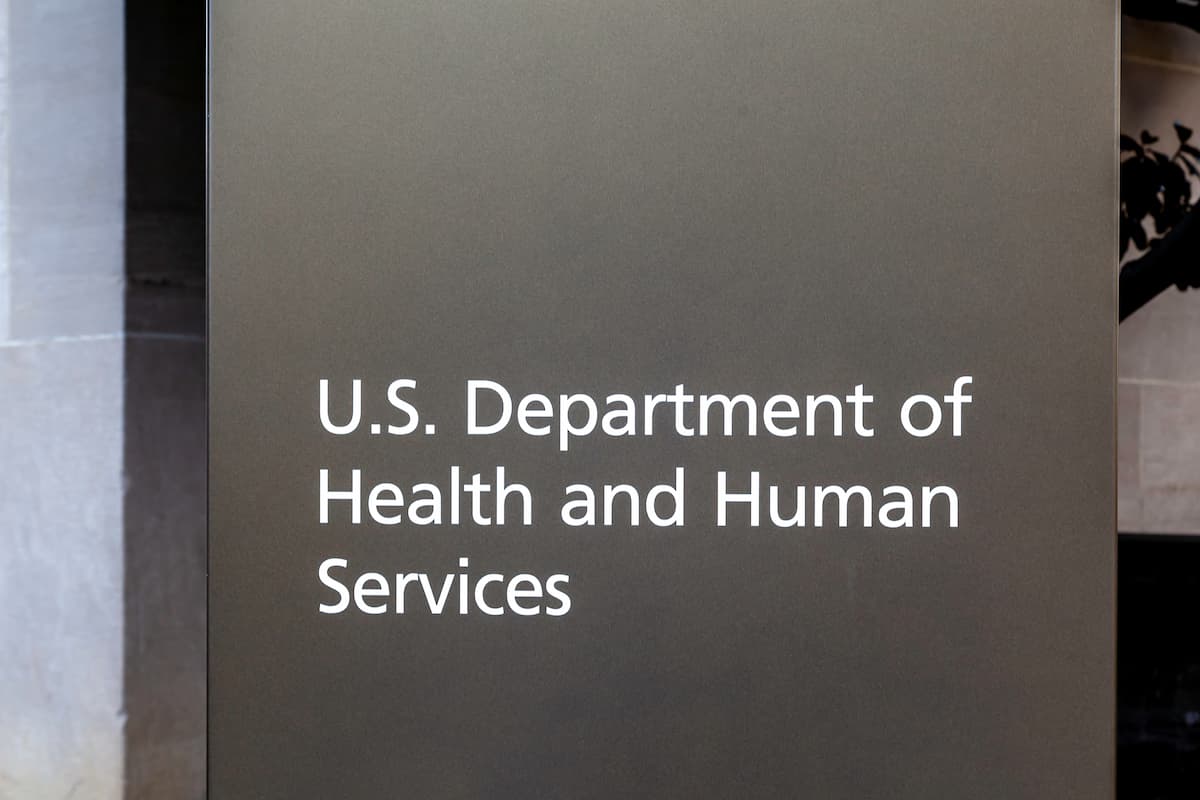WHAT IS PROVIDER STATUS?
Most states now have some version of provider status.1 Understanding how to navigate getting paid for services more efficiently and effectively is helpful. First, a pharmacist has to be allowed by law to provide a service under a given state’s pharmacy practice act, which is determined state by state, with each having different rules about what a pharmacist can or cannot provide.
Second, there needs to be a contract between the pharmacist, pharmacist’s employer or group—pharmacy, health system, or another pharmacist group—and the purchaser. If the purchaser is the patient, then the contract is pretty simple—the pharmacist offers a service, and the patient pays for that service. If the purchaser is (in whole or in part) a third party, a contract must be put in place laying out what services may be covered under what circumstances, with the provider types, qualifications, and rates of payment. The latter involves a credentialing process to qualify the pharmacist for payment eligibility and in-network status.
Understanding that provider status has 3 key components (scope of practice, scope of work, credentialing) will help pharmacists reach the point of service delivery and payment more expeditiously.
LEARN HOW OTHER PROVIDERS GET QUALIFIED AND PAID
As a learner or recent graduate, figuring out how other care team members become qualified to provide a service for payment is helpful. Currently, credentialing and onboarding vary greatly by health plan and state, which can take months or even years if you do not know how to navigate the process, who to talk to, or how to advocate for yourself or other pharmacists.
Learning how other care team members get paid for services will also aid and accelerate practice success and sustainability. You can do this through internet searches, emerging continuing education, and by thumbing through a provider manual—a compendium of what gets paid, to whom, and how every health plan in the country publishes their information. Change takes time, so until pharmacists as billable providers become mainstream, join social media and pharmacist provider groups to learn from each other.
About The Author
Troy Trygstad, PharmD, PhD, MBA, is the executive director of CPESN USA, a clinically integrated network of more than 3500 participating pharmacies. He received his doctor of pharmacy and master of business administration degrees from Drake University and a doctorate in pharmaceutical outcomes and policy from the University of North Carolina. He has recently served on the board of directors for the Pharmacy Quality Alliance and the American Pharmacists Association Foundation.
LEARN HOW PROVIDERS RECEIVE INCENTIVES OR PENALTIES FOR SERVICES
Value-based care will surely come alongside the growth in billing for pharmacist practitioner services. Fee-for-value care typically involves a rate of payment and a bonus, incentive, or downside risk. Poor patient outcomes mean you receive less than your fee-for-service rate or, in some instances, pay a penalty.
Because you are a learner or recent graduate, the rest of us are relying on you to jump in and get involved in associations and advocacy to expand the scope of practice and coverage for pharmacist-provided services. We also encourage you to get credentialed, contracted, and ready to provide high-quality, high-integrity, efficient, and effective services to the patients in your community.
REFERENCES
1. Pharmacists’ patient care state fact sheets. American Pharmacists Association. Acces









